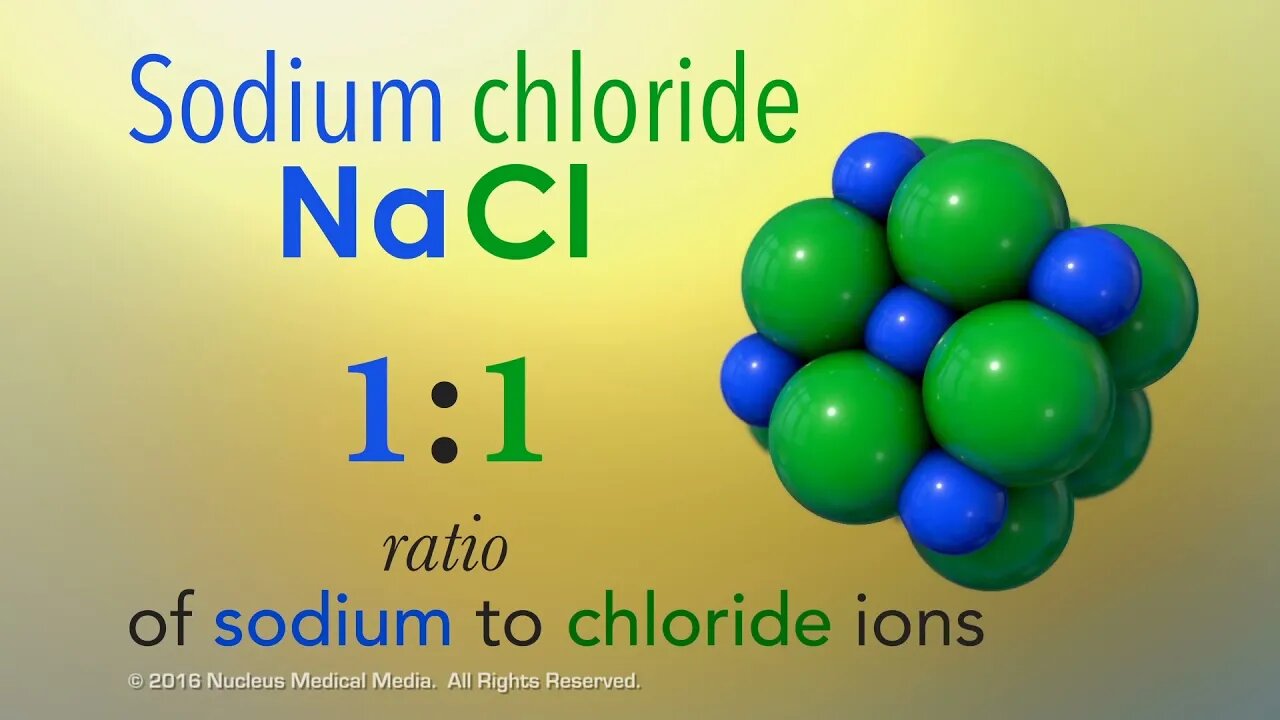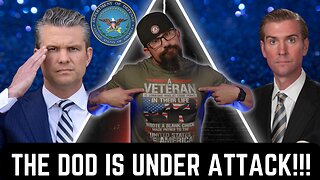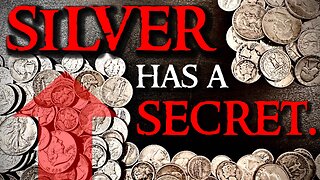Premium Only Content

Chemical Compounds
For Employees of hospitals, schools, universities and libraries: download up to 8 FREE medical animations from Nucleus by signing up for a free trial at: http://nmal.nucleusmedicalmedia.com/biology_youtube
#ChemicalCompounds #ChemicalFormula #AtomicBonds
SCIENCE ANIMATION TRANSCRIPT: Now that you've learned about atomic structure and elements, let's look at chemical compounds. A chemical compound is a substance made of two or more elements that are chemically bonded together in fixed proportions. Common examples are water and table salt. You've probably heard of H2O. That's a chemical formula for water. In the chemical formula for water, the little number slightly below the letter H for hydrogen is called a subscript. A subscript in the chemical formula tells you how many atoms of that element are in one unit of the compound. There is no subscript next to the O for oxygen. That means there's only one oxygen atom. We don't write the one. When there is no subscript it's understood that we mean one atom. So, H2O is the formula for one unit of water. The formula shows that a unit of water contains a fixed proportion of two atoms of hydrogen to one atom of oxygen. It's important to know that compounds usually have very different physical and chemical properties than the individual elements they contain. For example, although water is liquid at room temperature, the elements hydrogen and oxygen are gasses. The next compound we'll look at is sodium chloride, commonly known as table salt. Sodium chloride consists of sodium and chloride ions. Ions are charged particles because they have gained or lost electrons. How many ions of sodium are there in one unit of the chemical formula for sodium chloride? No subscript means there's only one sodium ion. And how many chloride ions? Again, there's only one. So, sodium chloride has a one-to-one ratio of sodium to chloride ions. Okay. The last example of a compound is glucose. A simple sugar your body cells use for energy. The chemical formula for one unit of glucose is C6H12O6. Here we can see that one unit of glucose has six carbon atoms and 12 hydrogen atoms. How many oxygen atoms does one unit of glucose have? If you said six oxygen atoms, you'd be right. In review, a compound is a substance containing the chemically bonded atoms of two or more elements. A chemical formula gives the proportional number of atoms or ions of each element in a compound. And the compound usually has different physical and chemical properties than the elements it contains. We'll explore how elements chemically bond together in the next video. [music]
NSV15015
-
 LIVE
LIVE
Candace Show Podcast
1 hour agoBlake Lively Filed A Sham Lawsuit. Is This Now A Criminal Case? | Candace Ep 179
4,877 watching -
 LIVE
LIVE
The HotSeat
1 hour agoGut the DOD, Gut the Country—And That’s Exactly the Plan
629 watching -
 2:12:21
2:12:21
The Quartering
3 hours agoKarmelo Anthony PSYOP, Joe Rogan Attack, Pete Hegseth Stroy , Klaus Schwab Steps Down Pope Dies
124K27 -
 LIVE
LIVE
Dr Disrespect
5 hours ago🔴LIVE - DR DISRESPECT - WARZONE - ATTACK ATTACK ATTACK
2,799 watching -
 30:11
30:11
SantaSurfing
2 hours ago4/20/2025 - Easter Timeline! The old Guard going down! Gold breaks $3400! FREEDOM!
2.78K5 -
 27:08
27:08
Cowboy Kent Rollins
4 days ago $1.44 earnedHistory of a Cowboy Cook | A Day in the Life of a Chuck Wagon Cook
17.6K6 -
 DVR
DVR
RiftTV/Slightly Offensive
2 hours ago $4.45 earnedAustin Metcalf’s Dad’s EMBARRASSING White Guilt MELTDOWN | The Rift Report
21.4K7 -
 32:40
32:40
The Brett Cooper Show
3 hours ago $5.04 earnedThe Feminist Celebrity Astronauts Who Saved the World | Episode 24
33.4K28 -
 9:38
9:38
Talk Nerdy Sports - The Ultimate Sports Betting Podcast
1 hour ago4/21/25 - Monday Murder: NBA Props, K Kings, and Data-Fueled Chaos
16.3K -
 10:22
10:22
Silver Dragons
2 hours agoIf Gold Price is EXPLODING.. Why is Silver DEAD?
10.4K5